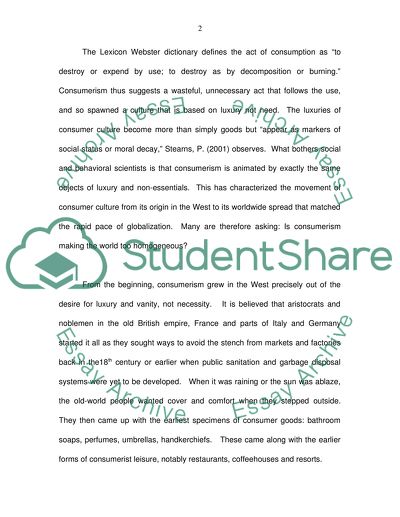Cite this document
(“Consumer Culture Essay Example | Topics and Well Written Essays - 1750 words - 1”, n.d.)
Retrieved from https://studentshare.org/people/1516287-consumer-culture
Retrieved from https://studentshare.org/people/1516287-consumer-culture
(Consumer Culture Essay Example | Topics and Well Written Essays - 1750 Words - 1)
https://studentshare.org/people/1516287-consumer-culture.
https://studentshare.org/people/1516287-consumer-culture.
“Consumer Culture Essay Example | Topics and Well Written Essays - 1750 Words - 1”, n.d. https://studentshare.org/people/1516287-consumer-culture.


